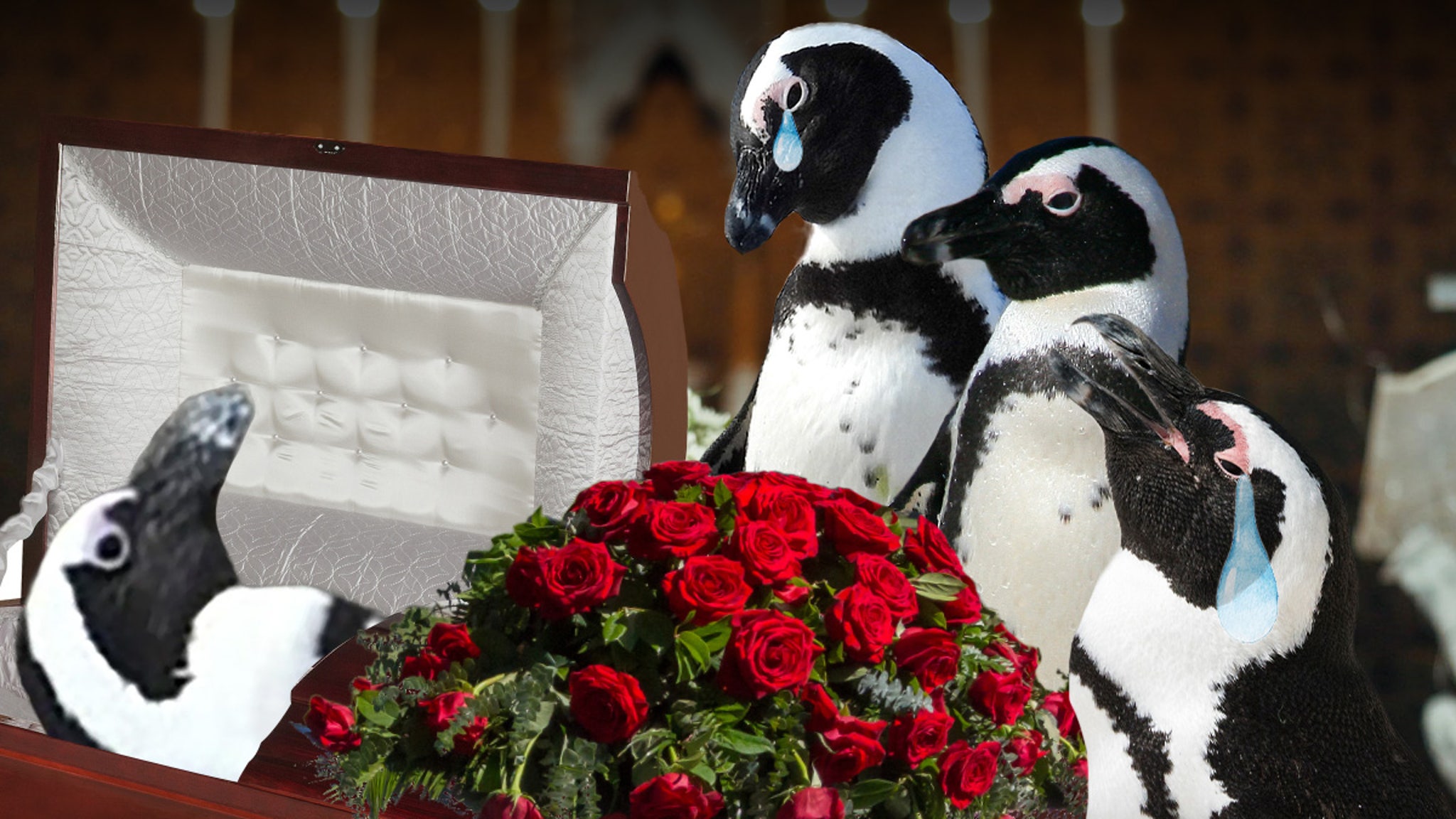Culture
Book Review: ‘The Long Run,’ by Stacey D’Erasmo


THE LONG RUN: A Creative Inquiry, by Stacey D’Erasmo
I do not believe there is an artist in history who hasn’t asked themself — at least once — “Why do I do this?” The designation of “creator” may make for a glorious calling card, but as an occupation, it involves a disproportionate amount of spirit-crushing struggle and relatively few rewards.
And yet, day after day, year after year, century after century, we do it. We closet ourselves in our studios and workrooms and thrust our vulnerable selves onstage in order to produce art in the hopes that, to quote the poet Frank O’Hara, “someone, some day, may find it beautiful!”
And if that “some day” doesn’t come? We do it anyway. That doing — that creating, that wrestling with ourselves to exceed our limitations while, simultaneously, bracing to be ignored, misunderstood and possibly ridiculed by a public we long to reach — is quite simply who we are.
So, accepting that beleaguered state as a given, the author and critic Stacey D’Erasmo poses another, seemingly more pragmatic query: “How do we keep doing this — making art?” It is a question she attempts to answer in her raucous and exhilarating “The Long Run: A Creative Inquiry.”
“The Long Run” is, in fact, less a book than a dinner party that D’Erasmo has generously invited us to attend. At the table are eight creators — the visual artist Cecilia Vicuña, the dancer Valda Setterfield, the landscape designer Darrel Morrison, the writer Samuel R. Delany, the actor Blair Brown, the painter Amy Sillman, the musician Steve Earle and the composer Tania León. D’Erasmo interviewed them all separately, but their voices converge so often that they appear to be talking to and over one another amid a cacophony of cutlery and wineglasses.
D’Erasmo deliberately chose artists from various cultures, mediums and degrees of otherness to illustrate that, as different as they all are, they share experiences that might help answer her central question.
All are mature. All have achieved the levels of notoriety, if not fame, that young artists dream of. And none of them had it easy. Taken together, their stories of discovery, development, despair and rebirth — told with humor, humility, passion and awe — represent several hundred years’ worth of wisdom.
From Setterfield, we learn of the strength and the love that helped her recover and dance again after a car accident severely impacted her mind and threatened her mobility. The Harlem-born, gay Delany teaches us that craving life and relinquishing ourselves to that craving — every tasty morsel of it — supplies the nutrients of art and is denied at one’s peril.
Blair Brown instructs us on the vagaries of fame, and forces us to ponder whether it is a worthy goal or a destructive distraction. And Amy Sillman emphasizes the importance of saying “no” in one’s work and life.
Each of D’Erasmo’s creators has something to teach us about survival as artists. But so, too, does D’Erasmo herself. She is the host of the party and her life’s journey forms its core.
In more than three decades as a writer, D’Erasmo has published five novels and a heralded nonfiction exploration, “The Art of Intimacy: The Space Between.” She realized, she writes, that in preparing this book, she had a lot to say about being an artist, too.
Her artistic destiny is inextricably linked, for D’Erasmo, with being queer. “I have long felt that the experience of queerness, in the time when I was coming out, prepared me beautifully for being a writer. Like being queer, being an artist means that you are continually insisting on doing something that maybe no one wants you to do, that very possibly isn’t going to work, that’s only going to end in defeat and humiliation, and that is unlikely to bring worldly rewards or general approval.”
The honesty and intimacy of D’Erasmo’s story is reason enough to read the book. But does she or the artists we meet in her pages answer the question she first posed?
Not really — because there is no magic formula. There are only rich stories from which we can learn and suggestions to be considered. Be open to the forces you fear. Beware of people in positions of power. Exercise your will. And, finally, surrender to where life takes you.
What D’Erasmo and her friends ultimately teach us is that the “how” of an artist’s existence is as individual as the work itself — an act of creation. It is what we see on the wall, in a field, on a book’s pages, in film and onstage; what we hear as we’re transported to another realm by music. This is where we’ll find our answers.
THE LONG RUN: A Creative Inquiry | By Stacey D’Erasmo | Graywolf | 175 pp. | Paperback, $17






















